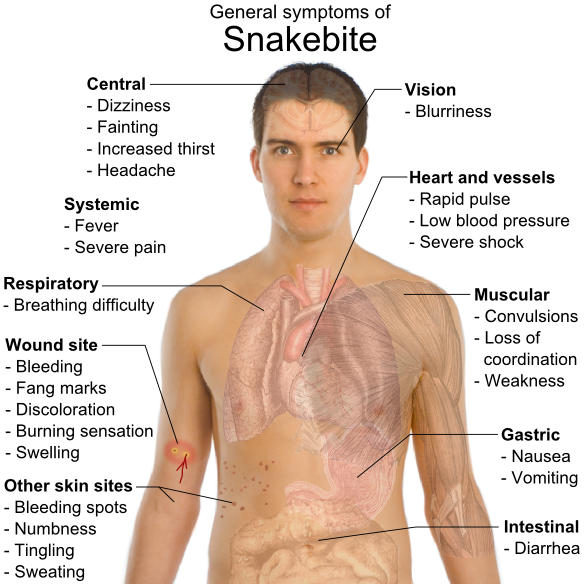 Published: Wednesday, December 15, 2010, 12:00 PM
Published: Wednesday, December 15, 2010, 12:00 PM
SAGINAW — With the cold weather here, Great Lakes Bay Region residents need to take precautions to avoid hypothermia and frostbite.
Dr. Stephanie Duggan, chairwoman of the St. Mary’s of Michigan Emergency Department, said if people notice a tingle or purple coloration in their extremities, they should get inside and warm up.
With the heavy snow, winds and cold weather of recent days, it is especially important to be aware of the effects of the cold.
Tingling in the hands, toes and nose is the first sign of hypothermia, Duggan said, and numbness is another — worse — sign.
“They need to rewarm the extremity as much as they can,” Duggan said. “With kids, they don’t always notice it so parents should be especially careful.”
Children with red but cold skin should go inside immediately, said Dr. Samuel Treadmeyer, a Covenant HealthCare hospitalist.
“That’s a warning sign,” he said.
People with these symptoms should make sure they are in dry clothing and be careful not to apply too much heat the affected area.
“you don’t have the sensitivity,” Duggan said. “you need to gradually rewarm.”
Hopping into a warm shower or bath, kept at 104 to 107 degrees Fahrenheit, is an effective way of rewarming cold extremities.
Treadmeyer said just going indoors will halt the winter effects, but seek medical attention if the symptoms do not start to improve within a few minutes. People with extreme hypothermia will be lethargic and may be hard to rouse.
In early stages of frostbite, extremities turn purple and swell, often more swollen than the look because the tissues are becoming solid, Duggan said.
The most common areas are the nose, ears and cheeks because they are often the most exposed, Treadmeyer said.
Like with hypothermia, people should get inside as soon as the symptoms appear and gradually warm up.
If the skin starts to blister, Duggan said, people should consider going to the emergency room.
Duggan said people should stay hydrated in the winter, because dehydration can advance harmful effects of the cold.
Also, children lose 60 to 70 percent of heat through their heads, so they should wear a hat in the winter, she said.